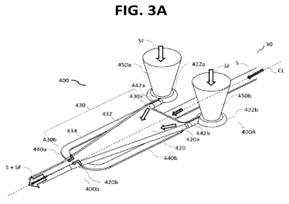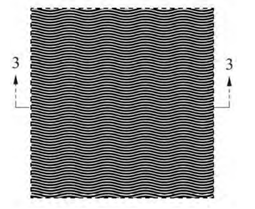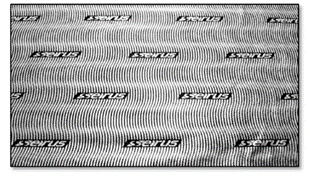In a split decision, the US Court of Appeals for the Federal Circuit affirmed a Patent Trial & Appeal Board patentability determination, finding that the challenger’s appeal arguments were not raised in its inter partes review (IPR) petitions and were therefore waived. Netflix, Inc. v. DivX, LLC, Case Nos. 22-1203; -1204 (Fed. Cir. Oct. 25, 2023) (Linn, Chen, JJ.) (Dyk, J., dissenting).
DivX owns two patents directed to media streaming technologies. In media streaming, content (such as a movie) is typically stored as separate “streams” suitable for different device capabilities. A playback device must be able to select the appropriate media file from the available streams. To accomplish this selection, the challenged patents discuss a method for automatically generating top-level index files that describe the location and content of container files having streams of media. In particular, an independent claim in each of the patents recites a method comprising “receiving” a request for content, “retrieving” a list of assets associated with the content, “filtering” the list of assets using device capability, “generating . . . a top level index file describing each asset in the filtered list of assets” and “sending the top level index file” to the playback device.
Netflix challenged the two patents in two separate IPR proceedings based on two combinations of prior art references: Pyle and Marusi, and Lewis and Marusi. The Board issued lengthy final written decisions for both petitions, closely analyzing the arguments and evidence presented by Netflix and DivX. The Board determined that Netflix failed to meet its burden of showing that the challenged claims were unpatentable. Netflix appealed.
At the outset, the Federal Circuit noted that “Netflix’s appeal does not challenge any of the Board’s substantive analysis.” It instead makes a purely procedural argument, accusing the Board of “falling down on the job by failing to address several arguments purportedly raised in Netflix’s petitions.” One such argument that the Court identified related to the “filtering” claim element. The Court, the Board and Netflix all agreed that Netflix had advanced an argument that Pyle teaches the filtering element based on Pyle’s selection of a preexisting manifest. Netflix, however, argued on appeal that it also had advanced an argument that Pyle teaches the filtering element based on Pyle’s creation of a new manifest. The Board found that this argument was not presented in Netflix’s petition, and the Federal Circuit agreed. At the Federal Circuit, Netflix identified various block quotes in its petition that purported to support the argument. However, the Court found that “nothing in the quoted language itself signals to a reader that an optimized new manifest equates to ‘filtering the list of assets.’” Furthermore, “the petition made it quite clear Netflix was focused on Pyle’s pre-existing manifest . . . Netflix thus showed it knew how to put forward a clear mapping of Pyle to the filtering limitation, but never connected Pyle’s new manifest to that limitation.”
Judge Dyk dissented. In his opinion, Netflix had not failed to advance the “new manifest” [...]
Continue Reading
read more


 Subscribe
Subscribe





